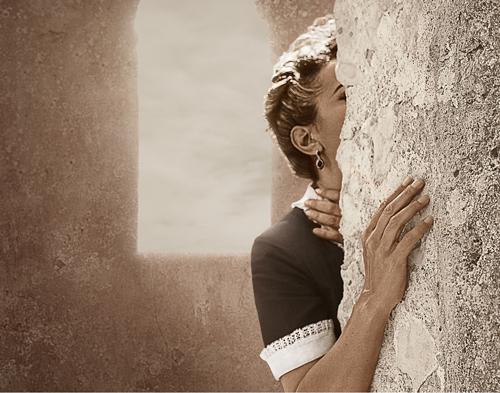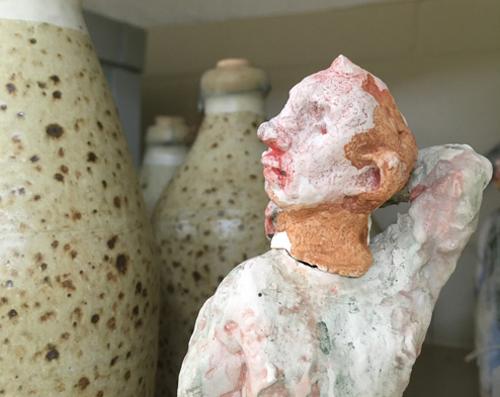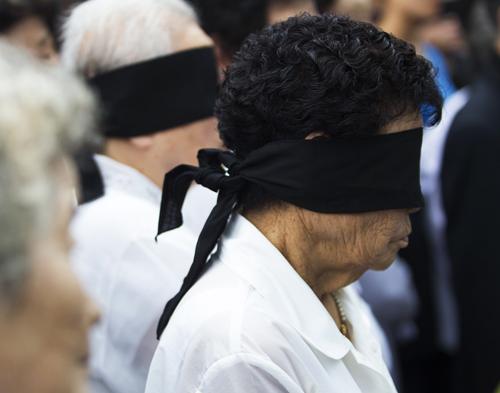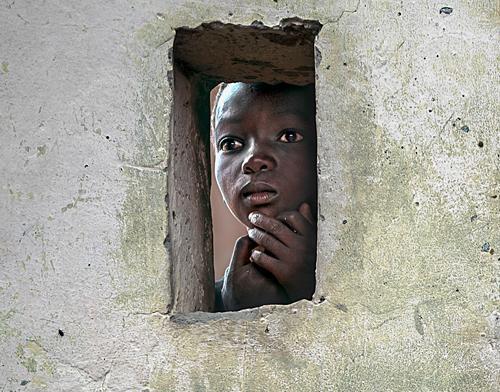Flesh after fifty: Changing images of older women in art
When I was eleven, I assumed the role of keeper of the family archives: with both parents working and me the younger sibling, I probably had the most time on my hands. But I also felt a strong compulsion to guard mementos from family holidays and special occasions, including images. With the solid moral universe of a child that age, I wanted to capture the “true” version of events, preferring candid to posed photographs. I was renowned for gonzoing formal photo opps by pulling a face or kicking out an inopportune leg. You can imagine my outrage when I discovered my carefully compiled albums had been raided. Every “unflattering” photo of my mother had been removed, leaving virtually no trace of her. When confronted, my mother was unrepentant and refused to return the photos, claiming she had destroyed them as was her right. I was so angry that she would presume to interfere in our collective family record and incensed at what I saw as her hypocrisy and inability to face “the truth”—that she was ageing. Looking back, I have a great deal more compassion for my mother’s response. But this poignant memory makes me reflect: how many other family archives suffered a similar fate (let alone in the digital era)? Was internalised shame at work? And, what counter‑truth was my mother asserting?










